-

Using resources such as the Rural Capacity Index, the Montana Community Foundation was able to direct more grant dollars to rural, disadvantaged communities. Read more
-

The outdoor recreation economy is large, growing faster than the overall economy, and consists of jobs in many industries. Explore data by state. Read more
-

Reversing the legacy of rural disinvestment—and deliberately designing solutions for rural America—is a down payment on our shared future. Read more
-

Millions of national park visitors generate economic opportunities for gateway communities, spending money that creates jobs and income. See the trends for every national park service unit. Read more
-

Federal maps designed to identify “at-risk and in-need” communities have failed to identify those at the lower end of the capacity spectrum. Read more
-

Headwaters Economics has created a free, curated collection of nearly 200 high-quality studies that measure the wide-ranging benefits that trails bring to communities. Read more
-

Find the latest American Community Survey data in all of our tools, including the Economic Profile System and Neighborhoods at Risk. Read more
-

From 2000 to 2021, the number of single-family homes in Montana grew by more than 42 percent, and the popularity of large lots converted 1 million acres of undeveloped land to housing. Read more
-
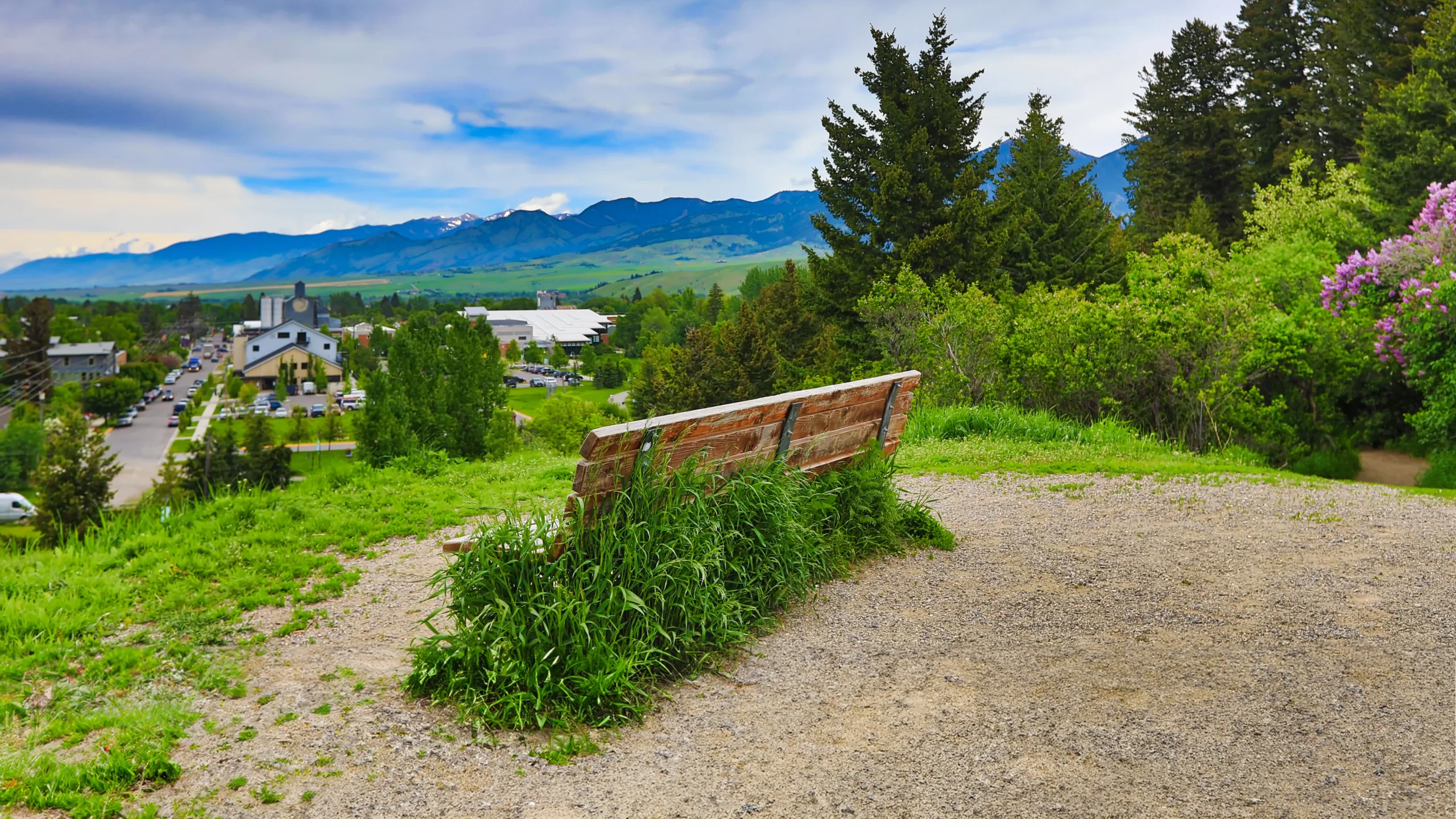
How we manage population centers is intertwined with our conservation of wild areas. The more we create equitable population centers in places people want to live, the more we can create durable, landscape-scale conservation outcomes outside of towns. Read more
-

Amenity communities face unique challenges from waves of tourists and new residents. Proactive planning can help avoid being loved to death. Read more
-

Unaffordable housing came to a head during the pandemic as communities across the country saw unprecedented rises in housing costs. Read more
-

The unprecedented rise in housing prices since 2020 has affected renters more than homeowners—especially in places that were already unaffordable. Read more
-

Nearly half of rural communities have grown so much since the 1970s they are now classified as “urban.” Those that remain are diverse, but often have more specialized economies. Read more
-

State and federal fiscal policies hurt rural communities by limiting how local governments can grow, diversify, and invest revenue. Read more
-
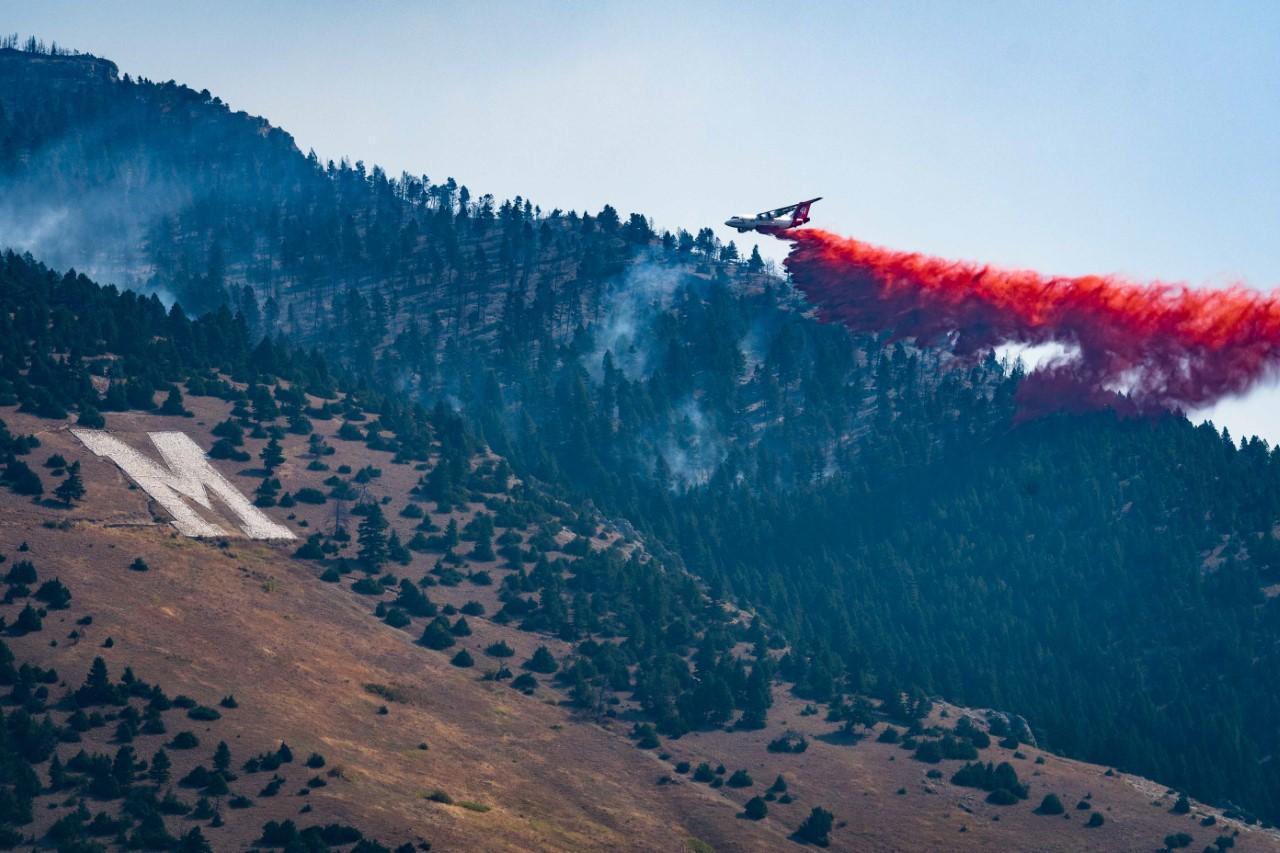
The number of western Montana homes in areas with high wildfire hazard has doubled, outpacing development rates in areas with low wildfire hazard. Read more
-

American Indian and Alaska Native communities are at a high risk of being undercounted in the 2020 Census, jeopardizing federal funding, social services, and government representation. Read more
-

As U.S. jobless claims reach historic levels from the coronavirus pandemic, find the latest county-level unemployment numbers. Read more
-
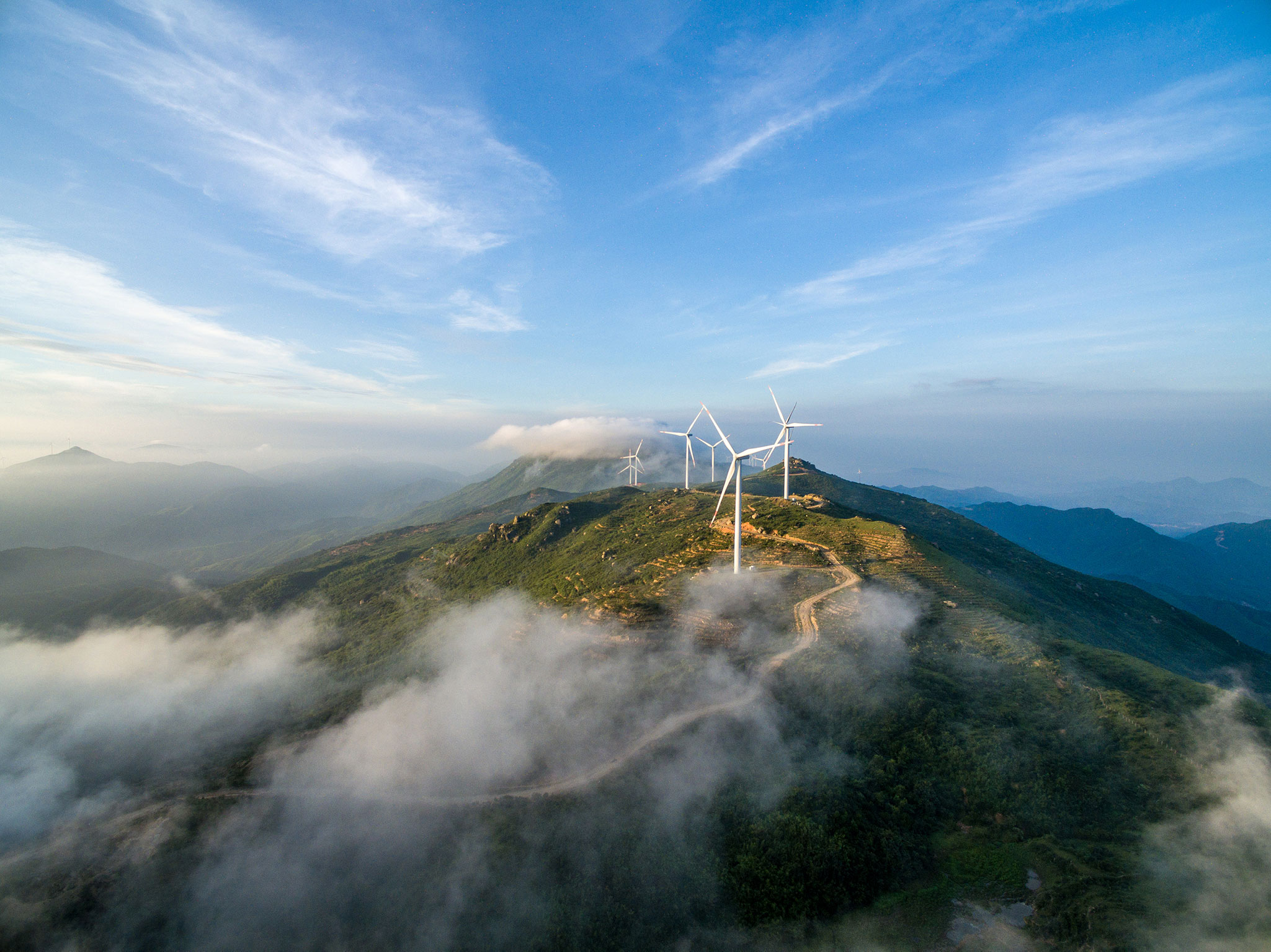
Most U.S. states are adding electricity generation capacity faster than capacity is being retired. Renewable energy adds the most capacity in 18 states. Read more
-
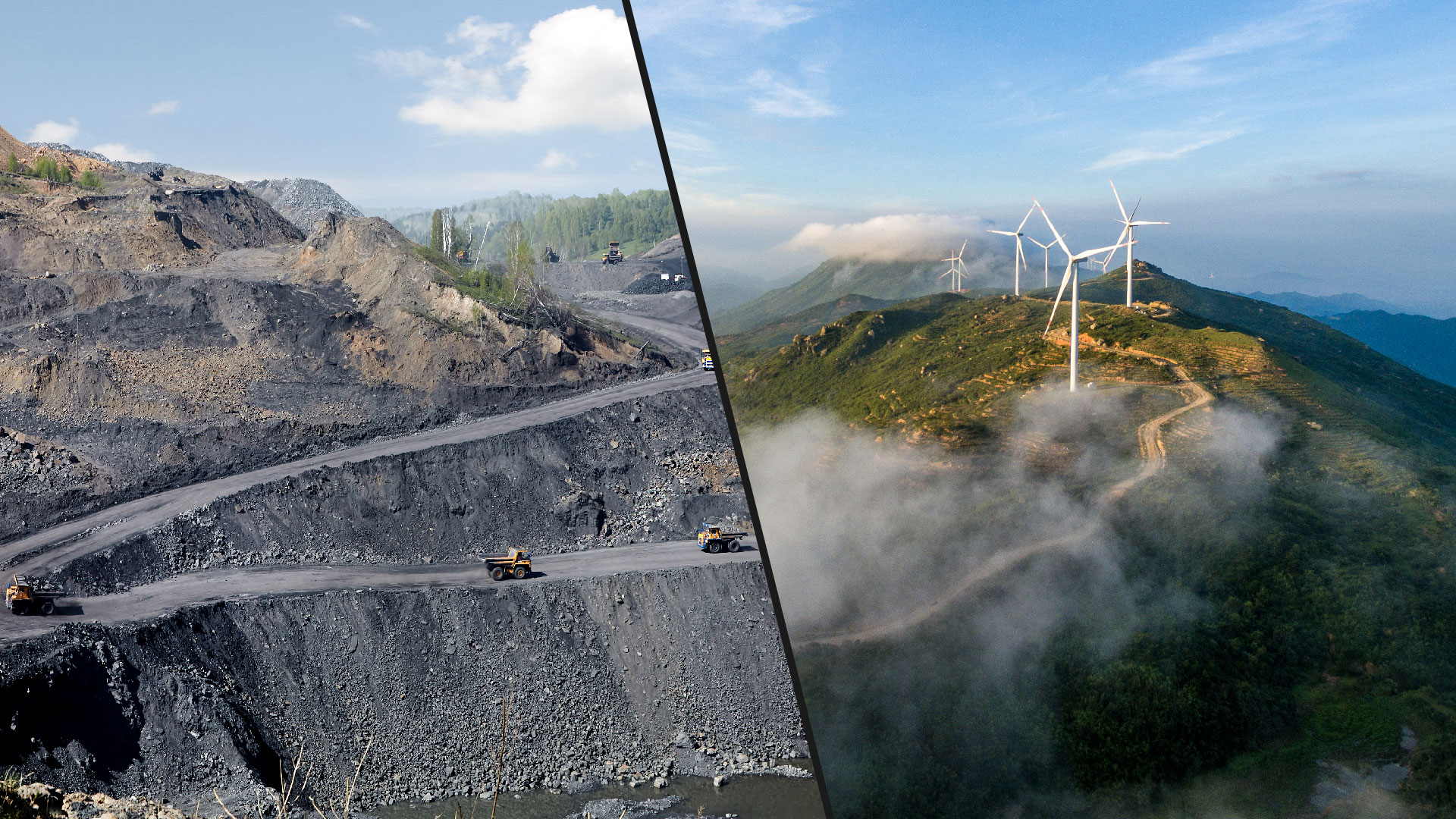
The capacity to generate electricity has transitioned from coal to natural gas to renewable energy, a trend projected to continue. Read more
-
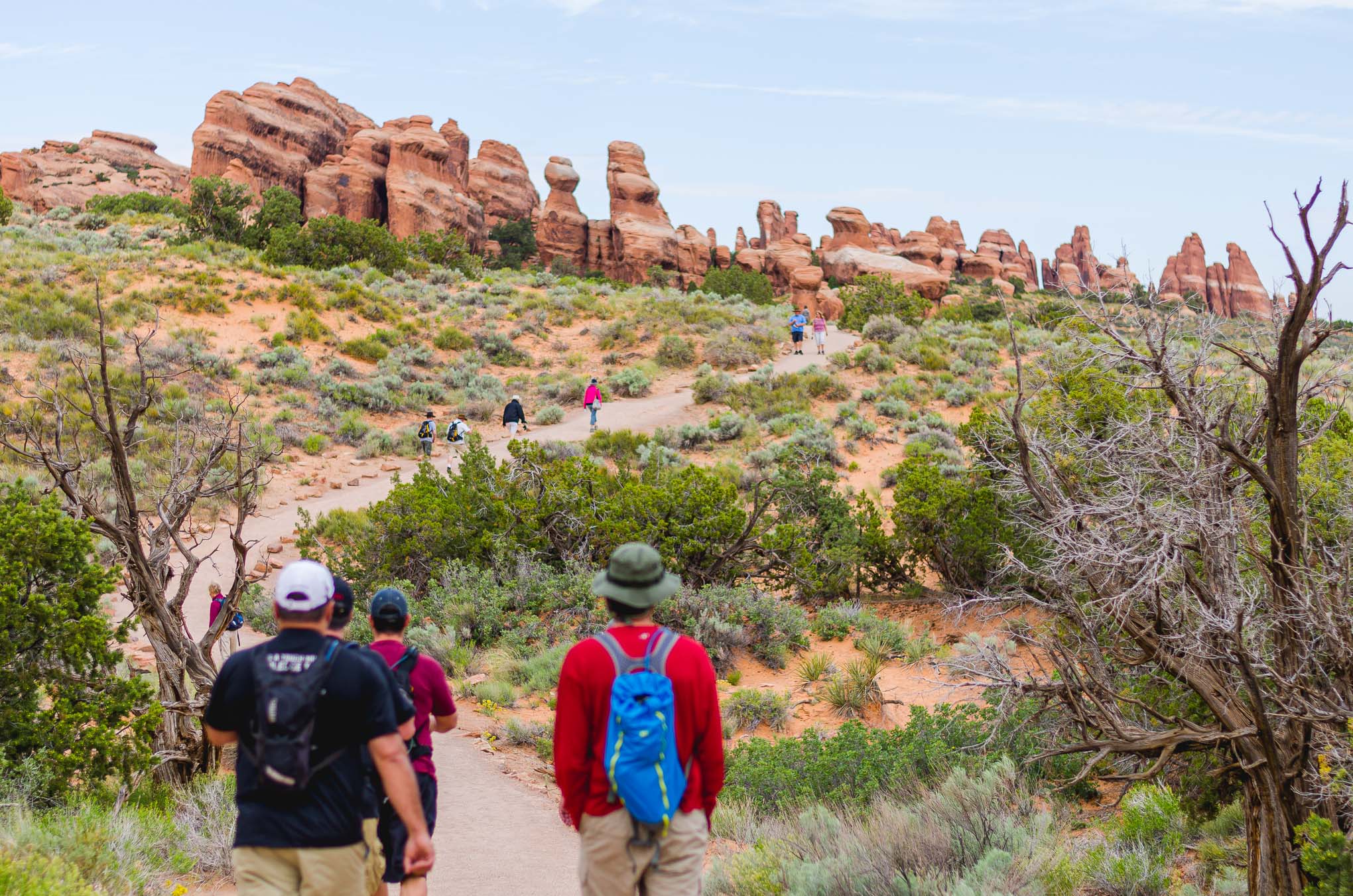
Where rural recreation counties rely on public funding for health care, fiscal solutions should diversify the ways local governments can save and spend. Read more